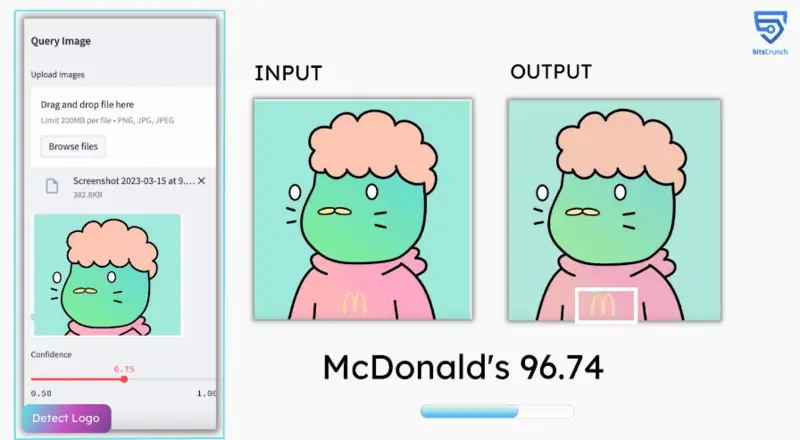What are some ways to avoid IP infringements in the NFT space?

While nonfungible tokens (NFTs) have been gaining traction since the start of the year, the hype element is now fading away. More digital artists and creators worldwide are using NFTs to monetize their work with minimal investment, transforming the digital art space. Nevertheless, the blurred lines between artistic expression, plagiarism and trademark infringement have caused legal challenges, as regulations around cryptocurrencies and digital collectibles aren’t cast in stone yet.
For example, the Hermes vs. Rothschild lawsuit addressed critical questions about trademark infringement and NFTs. In this case, the popular French luxury design house Hermes sued 28-year-old creator Mason Rothschild over his MetaBirkins collection, which included 100 NFTs featuring digital, fur-covered bags resembling Hermes’ iconic Birkin range. On Feb. 8, 2023, a nine-member jury reached a verdict in Hermes’ favor. The court found Rothschild liable for trademark infringement, trademark dilution and “cybersquatting,” awarding the company $133,000 in damages.
This legal battle underscored the importance of digital artists and big brands drawing clear lines between their work and trademarks to prevent a negative impact on both parties — at least until regulations are clarified. For users, explicit rules are of great importance, as they can prevent them from investing in scams and forgeries.
NFT analytics firm detects another case of IP infringement
In a potentially similar instance of IP infringement, NFT analytics firm bitsCrunch discovered that the popular NFT collection Coodles appears to incorporate the McDonald’s logo within an attribute labeled “McCoodles.” This particular attribute showcases the McDonald’s logo on hoodies in the collection. Out of 8,884 NFTs in the series, 434 of them feature the McDonald’s logo as an attribute.

Source: OpenSea
At the time of writing, these 434 NFTs have generated over $500,000 in total volume, and 398 different owners have these McDonald’s-themed NFTs. The collection has garnered 3,373 Ether (ETH) in overall volume, with a floor price of 0.0059 ETH since its inception.
According to OpenSea’s description of the project, Coodles is a “community rewarding collectibles project of 8,888 randomly generated NFTs on Ethereum.”
In the recent Hermes vs. Rothschild case, the court stated that artists, critics and commentators’ rights do not extend to the point where they cause confusion among consumers regarding the origin of the content. So far, there is no public information about any collaboration or agreement between McDonald’s and Coodles.
As per Kantar, McDonald’s is the sixth most valuable global brand and the fifth one in the United States. The brand’s value surged 27% in 2022 to almost $200 billion.
The case is relevant to McDonald’s, as the company has been actively expanding into the Metaverse, filing multiple trademark applications to establish virtual restaurants last year.
As established by the Hermes IP infringement case, featuring a brand’s logo in an unrelated NFT collection could potentially mislead consumers and damage the brand’s reputation. Moreover, NFT purchasers receive limited rights, increasing the risk of unintentional copyright infringement.
Anyone can detect IP infringement in NFTs
In the Hermes vs. Rothschild case, NFT marketplaces OpenSea, Rarible and Zora agreed to delist the MetaBirkins collection. This means that the owners of these NFTs have limited exposure to secondary markets to sell their assets. To avoid similar situations, investors should monitor NFTs and check for any IP infringement before making a purchase.
BitsCrunch has been developing APIs that assist brands in determining if their logos have been utilized in NFT collections, thus helping them safeguard their intellectual property rights. Thanks to its NFT Forgery Detection API, the blockchain analytics firm identified the connection between the Coodles collection and the McDonald’s logo.

Source: bitsCrunch
Besides brands, this API allows anyone to track whether an NFT collection incorporates a brand name and, as a result, could be liable for IP infringement.
The AI-driven API can detect partially or completely counterfeit NFTs, fabricated logos and brand identities of well-known brands, as well as new or existing NFTs, to protect users from investing in potential scams and forgeries.
Guardians of the NFT ecosystem
In the blockchain space, NFTs have had the most widespread adoption in comparison to cryptocurrencies, which have had more than 10 years to get to where they are today. Like all innovations, this adoption brings both good and bad, like when online sellers market famous brand names and products in the Metaverse as virtual goods or NFTs without permission. With this new virtual marketplace comes new questions for brands: How do real-world intellectual property rights apply to products in the Metaverse? How can brands protect their intellectual property?
Although bitsCrunch can’t fully respond to these questions and completely prevent all shady projects, the team can fight them and do its best to help brands remove these counterfeit NFTs from the NFT marketplaces and enforce their rights.
Going forward, bitsCrunch plans to strengthen cooperation with governments and financial institutions in the fight against crypto fraud and wash trading, and actively support a wide range of users — from novices to professionals — in the NFT and blockchain space, detecting and eliminating fraudulent activity across the NFT ecosystem.
Comments
Post a Comment